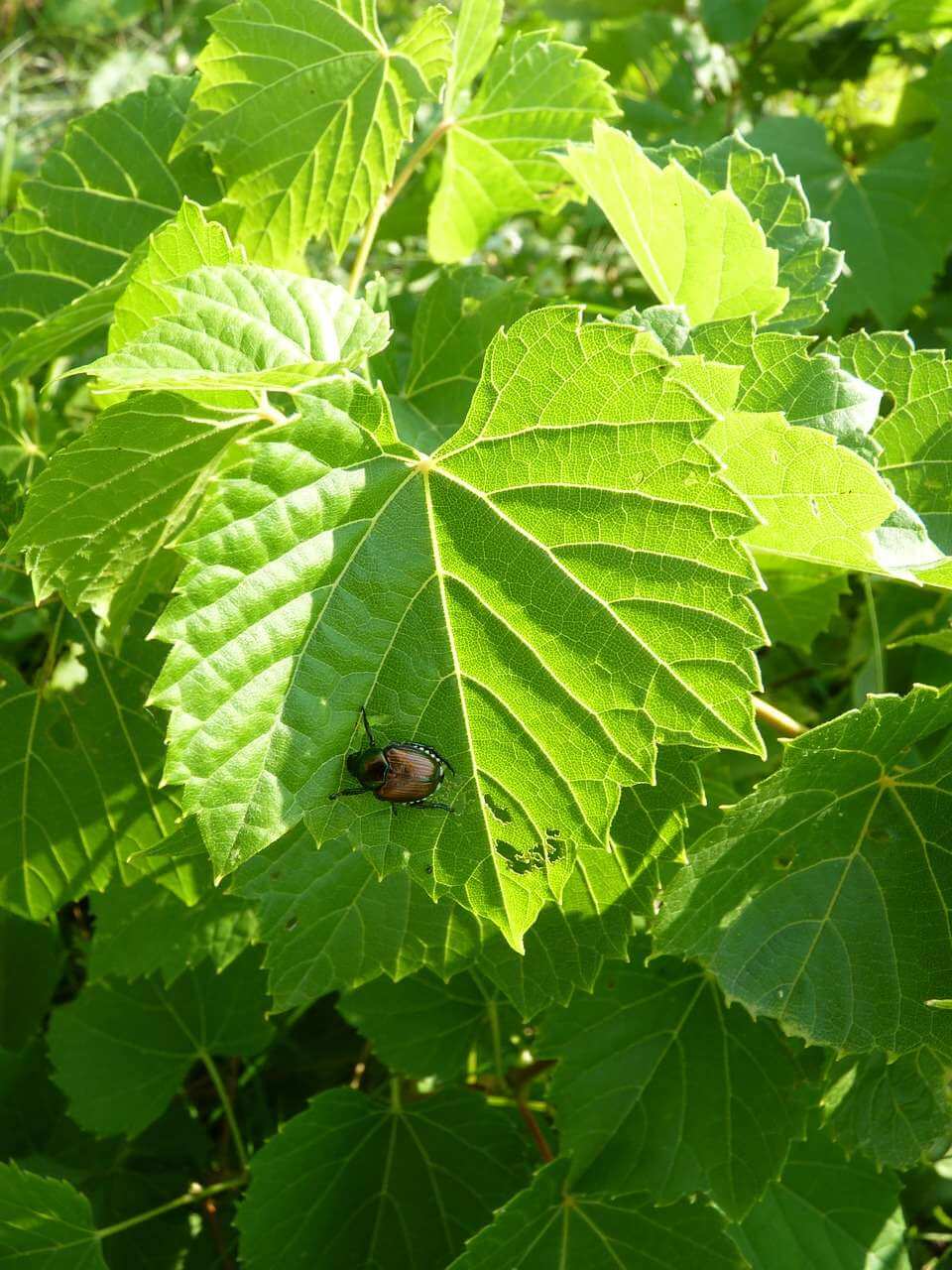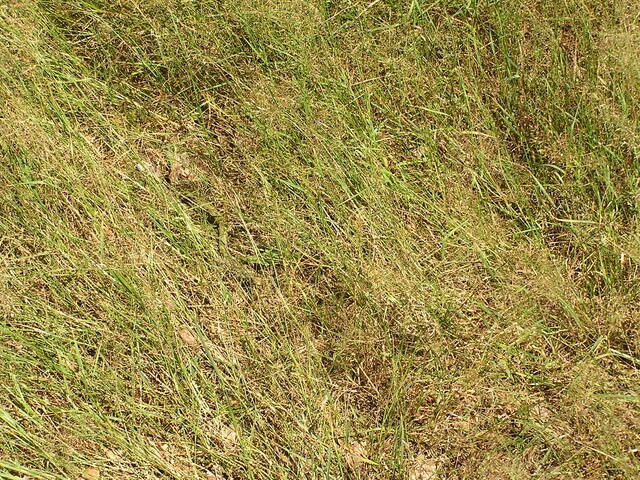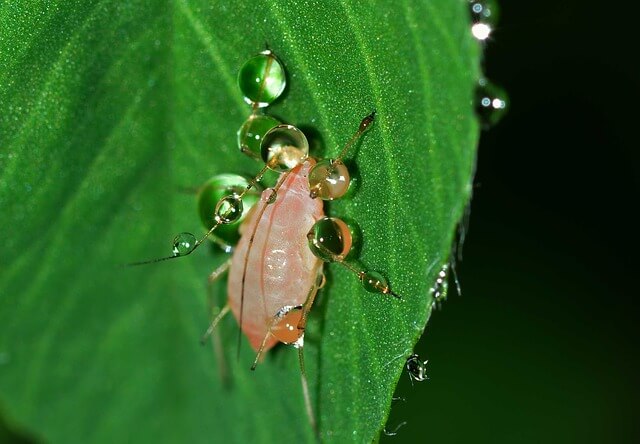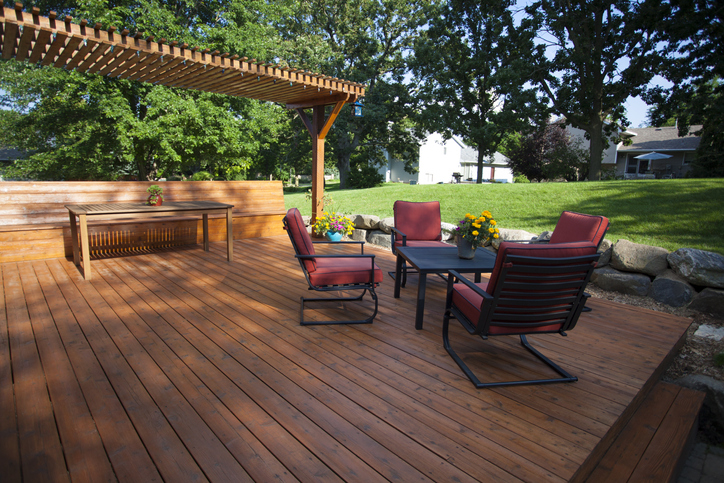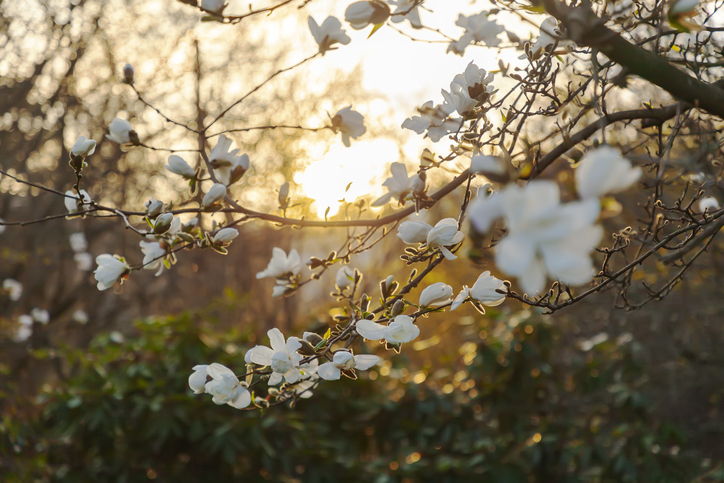Droughts happen often in the Denver area, and current climate trends show evidence that we’ll face more severe drought-like conditions in the future. In fact, according to experts, Colorado has experienced the dryest 22 years in over 1,200 years. Without proper care, trees can quickly begin to suffer in a drought, causing stress, weakness, and premature leaf drop. Let’s look at the effects of drought on trees and what you can do to keep yours healthy.
What Happens to Trees During a Drought?
Trees need water in order to photosynthesize. During this process, a tree uses water, sunlight, and carbon dioxide to produce oxygen and energy in the form of sugar. When a tree doesn’t have enough water, it can go into dormancy, and will not photosynthesize properly. Trees without enough water will also stop growing. The effects can vary, depending on the type of tree, since some need more water than others. Burr oak trees and Kentucky coffee trees, for example, can tolerate drought-like conditions much better than trees that require a lot of water, like a weeping willow or birch tree.
How Can You Protect Your Trees?
Your trees depend on you to give them the water they need during drought-like conditions, so they can remain healthy and strong. Here are a few things you can do to take care of them properly.
Limit Pruning
During a drought, trees are already weakened, and you should avoid anything that will cause further stress. Don’t prune your trees when they’re not receiving adequate water. Wait until spring, and make sure they’ve got plenty of moisture around the roots so that they can withstand pruning and regrowth.
Skip Fertilizer
When trees aren’t getting enough water, they may stop growing. At this time, it may be tempting to add fertilizer to encourage growth. Not only will your efforts be fruitless — they may further injure your tree. Fertilizer adds excess nitrates to the soil, which can eliminate any moisture that’s around the tree’s roots. Trees are also very smart. When under stress, they go dormant so they can survive. Encouraging your trees to grow during a drought goes against nature’s method of helping them to survive.
Add Mulch
Mulch is tremendously beneficial to a tree’s base and root structure. When it’s hot and dry outside, add a thick layer of mulch around your tree’s base. The mulch contains all sorts of nutrients that can nourish your tree, and it locks in moisture and gives the roots a chance to soak up every drop. Mulch can also protect your tree’s roots from the hot, scorching sun, keeping them at a more comfortable temperature throughout the day and night.
Water Appropriately
When rain isn’t in the forecast, it’s up to you to give your trees the water they need. The amount of water your trees need depends on the type of tree and its age. Small, newly planted trees need two to three gallons of water per day, while large, mature trees may need 20 gallons a week or more. Use a soaker hose and place it under the tree. A good rule of thumb is to water your tree at a distance from its trunk which is 2/3 of its height. Water deeply, once a week, so moisture reaches several inches below the surface of the ground.
Seasons of drought, are unfortunately, here to stay, and it’s important to make sure you know how to prepare. These simple steps should ensure that your trees remain healthy and strong, so they can continue to grow and thrive, no matter what conditions Mother Nature decides to bring to Denver. If you’d like to learn more about how to care for your trees in Denver, contact us at American Arbor Care today.


